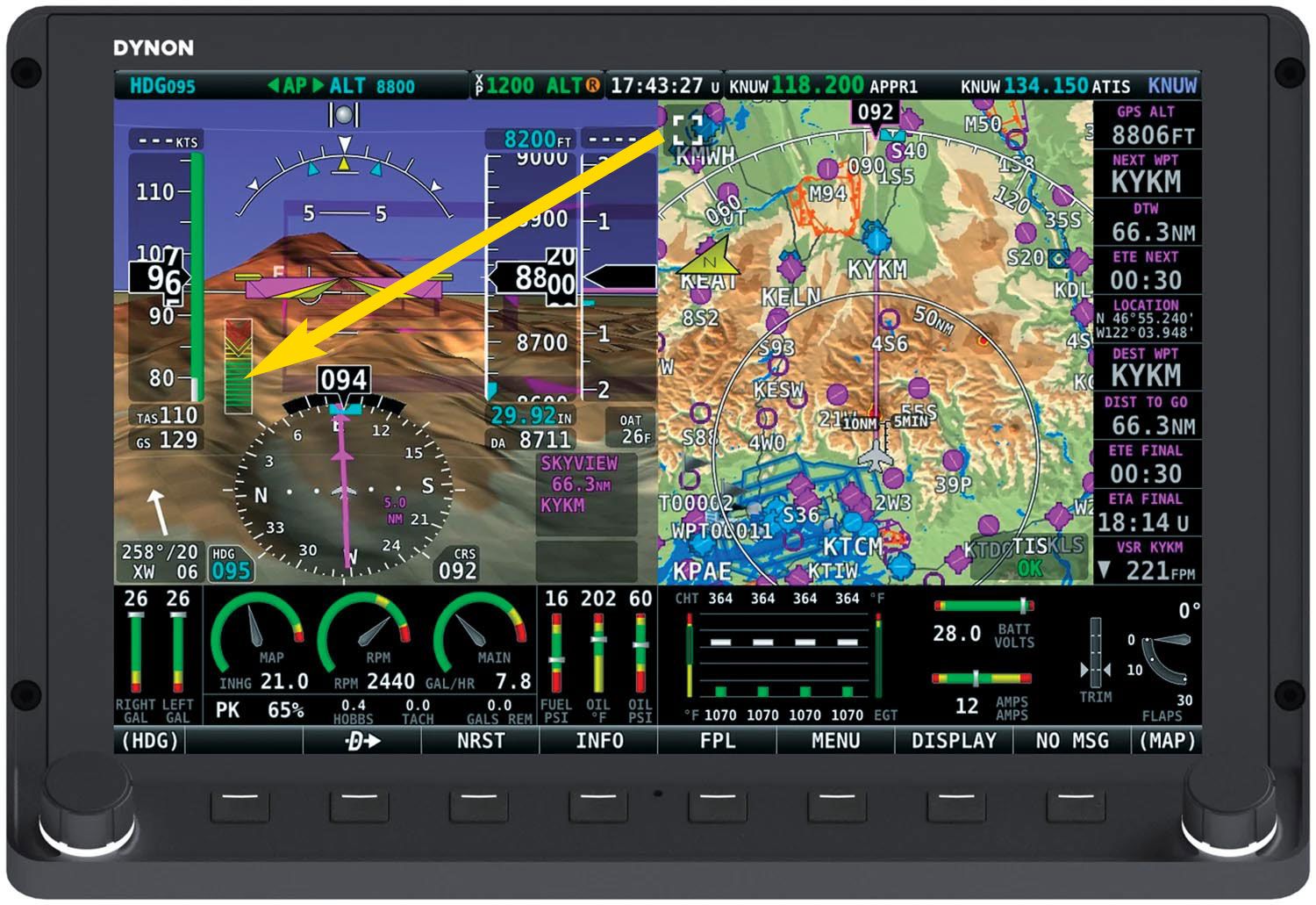
You’re hearing a lot more about angle of attack (AoA) flying these days and that is no accident (pardon the pun). From AOPA to EAA—not to mention a number of prominent flight schools and universities—flying by angle of attack is getting promoted as a way to stay away from accidental stalls in demanding flight maneuvers. Angle of attack indicators are becoming more common—especially in the Experimental aircraft world—because most EFIS manufacturers have the technology incorporated in their hardware and software, making it simple for all pilots to have the capability by just adding the appropriate pitot tube (which they might even already have) and doing some calibration work.
We know this is probably a change to the way many pilots have learned to fly—or have been flying for their entire careers—and change is always difficult, or at least a bit suspect. So the question is: If AoA flying is so great, where has it been all your life?
Fundamentally, “flying the wing” has been promoted by many pilots and instructors even before Wolfgang Langewiesche pointed out in Stick and Rudder’ (published in 1944) that “The story of the angle of attack is in a way the theory of flight. It is almost literally all there is to flight.” Yup—good ol’ Wolfgang said that when they were training the Greatest Generation pilots. The problem, of course, is that until the advent of modern electronics, AoA instrumentation has been restricted to high-dollar Experimental aircraft and flight test programs.
Military aircraft have been flown using AoA systems since the late 1950s, and it is part of virtually every fly-by-wire control system in sophisticated commercial aircraft today. Even if the pilot isn’t consciously using an AoA indicator, it is buried inside what they are doing. And now, we have it trickling—flooding, really— down into light civilian aircraft for what amounts to no extra cost—or a modest cost if you’re adding it to an existing aircraft without a new EFIS.
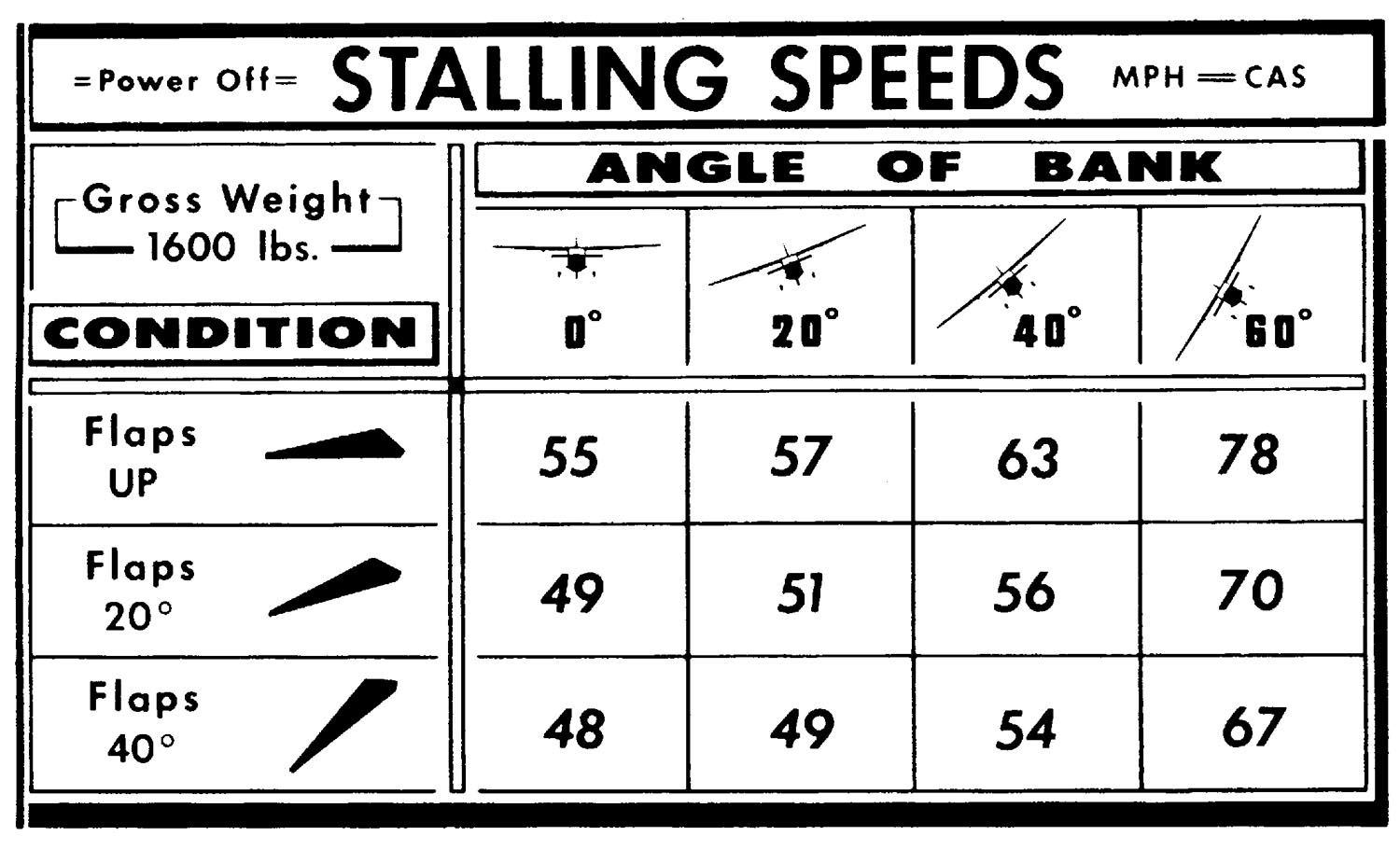
So what’s so good about flying with AoA? I know, you’ve been flying without it for 50 years so why do you need it now? Well, the standard FAA training curriculum basically mentions AoA in the “theory of flight” portion of ground school. Once you get into the cockpit, you’re given an airspeed indicator and maybe a decal on the panel that shows how to adjust the indicated stall speed for various bank angles, but that is a poor substitute for what is actually incredibly simple if you look at your lift state (relative to the stall) on an AoA indicator. The fact is that the wing stalls not at a specific airspeed, but at a specific angle of attack. And it always stalls at the same angle of attack!
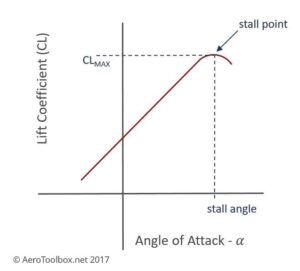
“Always?” you ask. “Is there never a time when the AoA indicator might lie to me?” Well of course there is! Flying with a significant sideslip might fool an AoA system, or getting into significant turbulence where conditions are changing rapidly might give you some bad indications. We call these “corner cases” and the truth is that every instrument, every airplane and every maneuver has corner cases! They are edge-of-the-envelope situations and, yes, they are out there. But they are generally way out there. It’s not a question of finding a magic bullet with no corner cases—it’s about comparing the corner cases for various instruments. And in this case an airspeed indicator is truly “the gauge that lies” because it has a lot of corner cases. In fact, it’s almost nothing but corners.
What we think of as “stall speed” for a wing is only valid in 1 G flight. Throw in some bank angle and pull back to maintain altitude, and the stall speed goes up because the speed at which the wing stalls varies with G loading. To hold altitude, you need to pitch up, which means you increase the angle of attack. You can stall the airplane at virtually any speed by loading it up—like in a very steep turn. Quick: What’s your stall speed in a 55° bank? Oh, and what exactly is your bank angle? Most pilots don’t have a good visual fix on how steeply they bank.
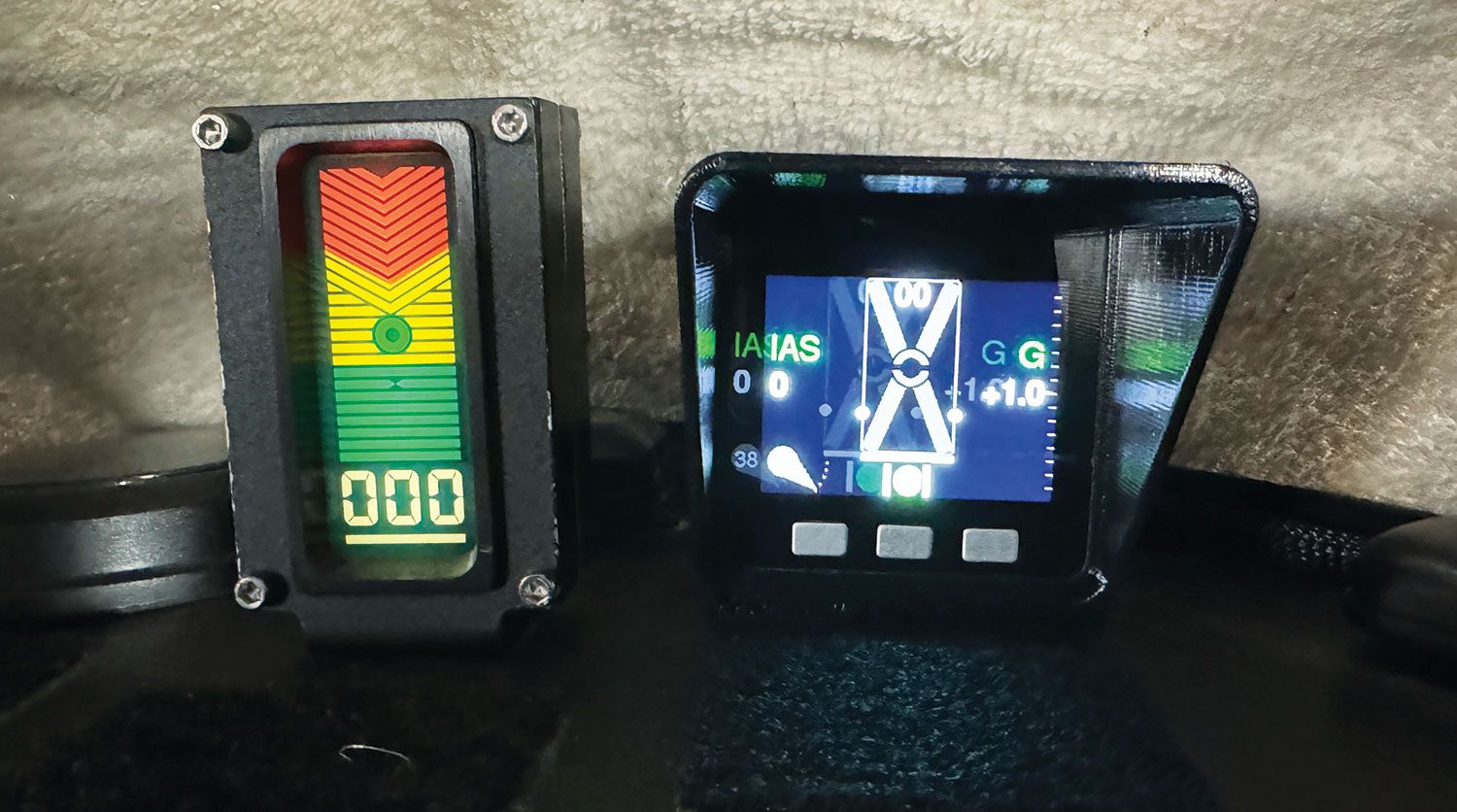
But an angle of attack indicator shows where you are relative to the stall at all times, in all attitudes and with all G loadings. The stall always occurs at the same AoA, so keep the AoA indicator out of the top red zone and you can’t stall—no matter if you’re in level flight with the throttle at idle, pitched way up, pitched way down, rolled steeply or rolled over inverted. Aside from the few little corner cases, it is never going to lie to you.
So why not fly with AoA? It’s an old way to fly (so you don’t have to admit you’re doing something new), but it’s more possible today because the instrumentation has caught up and become mainstream. Old dogs can learn new tricks. Honestly, I have taught AoA flying to skeptics in about 5 minutes. You can fly closer to the edge when you know where the edge is—and how far (or close) you might be to that edge. Flying with AoA takes away the mystery of just how close that edge is. What’s not to like?
Want to learn more about AoA? To see Paul fly an AoA demo and to learn how to calibrate the Garmin G3X Touch system in flight, visit www.kitplanes.com/aoa.





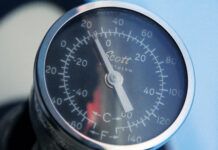
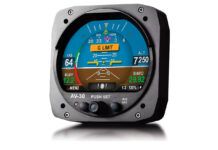
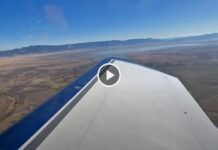
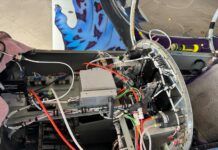
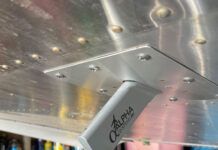

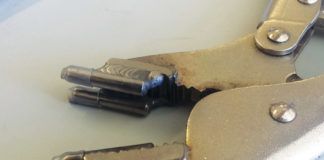
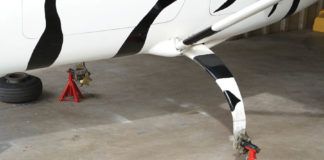
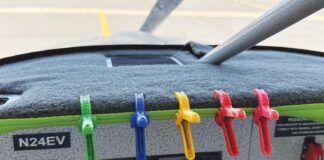
The article should mention that since about 2013, the Van’s RV12 has shown that the AOA sensor does not have to be incorporated in the pitot, or involve replacing the pitot. It can be as simple as a “pop” rivet placed on the lower part of the wing leading edge, then removing the mandrel. The rivet is positioned such that the hole in the rivet is “pointing” about 30 degrees “down” compared to the pitot. Attach some 1/8 inch tubing to it inside the wing and run that to the ADHRS AOA input. In-flight calibration and you have AOA at almost no cost, (No ice protection though.)
You’re right – it’s a five cent AoA port! I’ve flown an RV-12 with that port, and its as good as an expensive pitot tube….no matter how you get AoA, its worth it.
Great article.
I think a thorough AOA briefing including the concepts of energy management is critical to developing skills beyond the bare minimums required by the ACS. Too many private pilots are certified with little awareness, aptitude or confidence in this life saving skill set. Chapter 4 in the Airplane Flying Handbook was a welcome addition to the syllabus even if it was somewhat clumsy in its editing. I haven’t had the chance to fly with AOA too much although the airbus does have a proxy at least in the flight path vector or “Bird”. Even here, many bus pilots don’t use it because they don’t completely understand how it works.
This briefing I mentioned should include the concepts of stall speed as a function of load factor NOT bank angle, elevator position vs stall speed, coordination using the side pressure experienced by the body, expanded envelope exercises, and the visual illusions created by low altitude maneuvering in strong winds.
Armed with this training a pilot will never find herself in an inadvertent stall scenario even without the benefit of an AOA instrument. Having AOA will merely increase awareness of high alpha margins.
wrt Steve Graham, “herself”. Putting “herself” ahead of “himself” is good; eliminating “himself” is even better. Yep. I like that a lot! OBTW, navy carrier landings (rather demanding landings) don’t happen without AOA (I think).